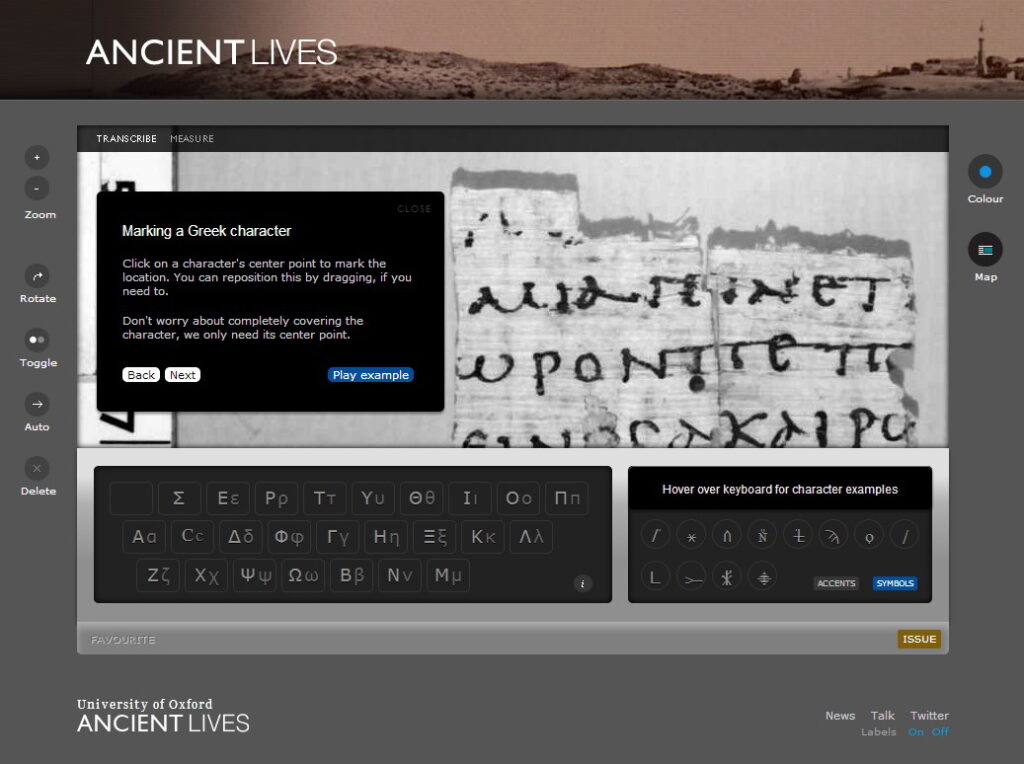Websites for crowdsourcing cultural heritage support participation and contribution quality by providing clear, concise and sufficient task instruction.
Explanation: Task instruction should be concise and easy to follow so as to not overwhelm the user, but sufficiently detailed to enable users to complete the task efficiently and effectively. Terms, abbreviations and interactive elements should be clearly explained, and jargon should be avoided.
Benefits: New visitors should be able to start contributing within a short space of time, and contributors should be able to work independently and with confidence. A diverse group of users with varying levels of skill, knowledge, and available time should be supported by instruction delivered in various formats.
Examples of compliance with this principle:
- Task instruction may begin with an overview of task workflow, using video tours of the task interface, instructive graphics, step-by-step tutorials or demonstrations.
- Incorporating step-by-step instructions or hover/pop-up instructive text into the task interface can support new contributors.
- More detailed instruction in the form of written guidelines and help documentation, FAQs, screenshots and examples, knowledge bases, or forums can support contributors requiring additional guidance.

